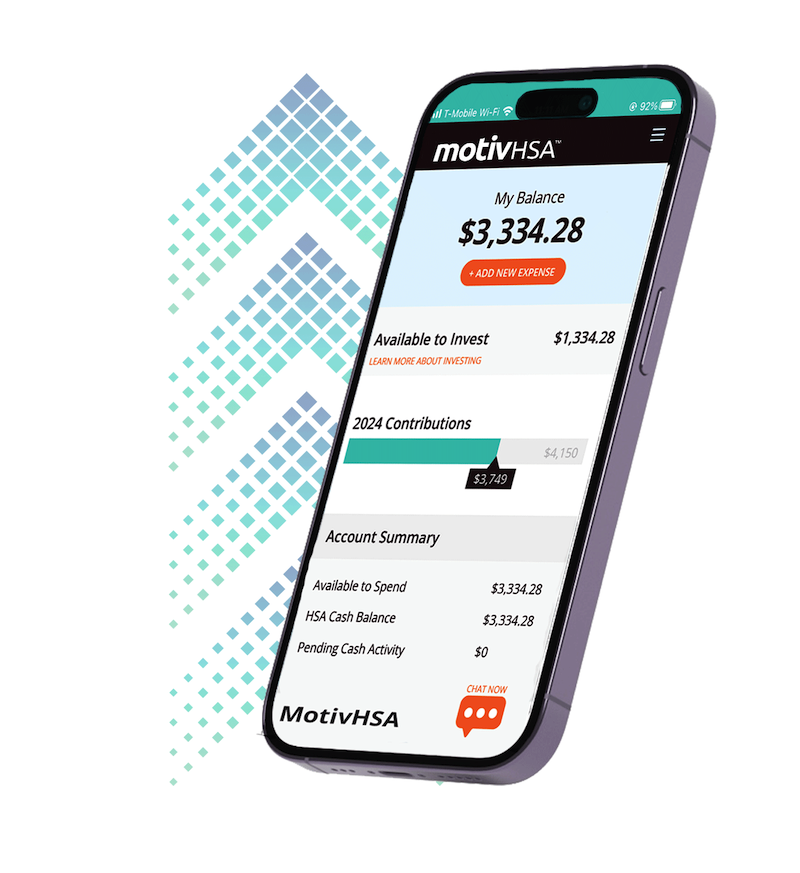The Simple Recipe for Good Health
By Healthy Magazine
“Chin up and back straight!”
Sound familiar? The voice of your mother perhaps? Whether it was your mother or your aunt or your elementary school teacher, it’s probably a phrase you’ve heard before. I used to think it was just my mom being picky and fulfilling some innate motherly need to nag—posture was not, nay could not, be that important. As it turns out, she was right and I was very wrong (big surprise, right?).
In my defense, it’s easy to see why someone might not give posture much thought. Posture doesn’t seem so obviously important as something like regular exercise or eating right, which grab the spotlight when we think about making New Year’s resolutions. That’s the problem. We don’t realize that posture is a culprit because it’s easy to dismiss, making us all the more prone to posture related problems.
Correcting our posture rarely crosses our minds, but maybe it should, because the truth is that unhealthy posture can cause a myriad of health problems.
A Nation of Sitters
Let’s face it—we’re a nation of professional sitters. Most working professionals sit at a desk for 8+ hours a day, and many more of us spend too many hours sat in front of the TV, even after a long day of sitting in front of a computer. Sitting for extended periods can cause lower back problems along with numerous other issues. If you do sit at a desk working long hours, make sure you stand from time to time and stretch. Walk around or go visit the water cooler. Good posture will follow a spine that’s in motion.
Sitting Posture for the Office:
- Be sure the back is aligned against the back of the office chair. Avoid slouching or leaning forward, especially when tired from sitting in the office chair for long periods
- For long term sitting, such as in an office chair, be sure the chair is ergonomically designed to properly support the back and that it is a custom fit
Failing to maintain good posture will add strain to muscles and put stress on the spine. Over time, this added stress could change the anatomical characteristics of the spine, leading to the possibility of constricted blood vessels and pinched nerves, as well as problems with muscles, discs and joints. That’s a recipe for back and neck pain, if ever there was one. Furthermore, “when you sit in a crunched position, your viscera (intestines) are folded up,” says Steven Weiniger, author of Stand Taller, Live Longer and founder of BodyZone.com in an interview with Prevention®. That means that you’re all the more likely to suffer from constipation and bowel problems.
Fixing the Problem
Ultimately, correcting poor posture is a matter of strengthening the muscles that support the spine through maintaining good posture. Now, I realize that doesn’t seem groundbreaking, earth-shattering advice. “How do I get good posture?” “Oh, that’s easy. Get good posture.” As tautological as it sounds, it’s the boiled down answer. You won’t be able to strengthen the muscles that support the spine without practicing good posture. This means you might have to change some of your bad habits, but after a month or so your posture will largely take care of itself.




No Comment